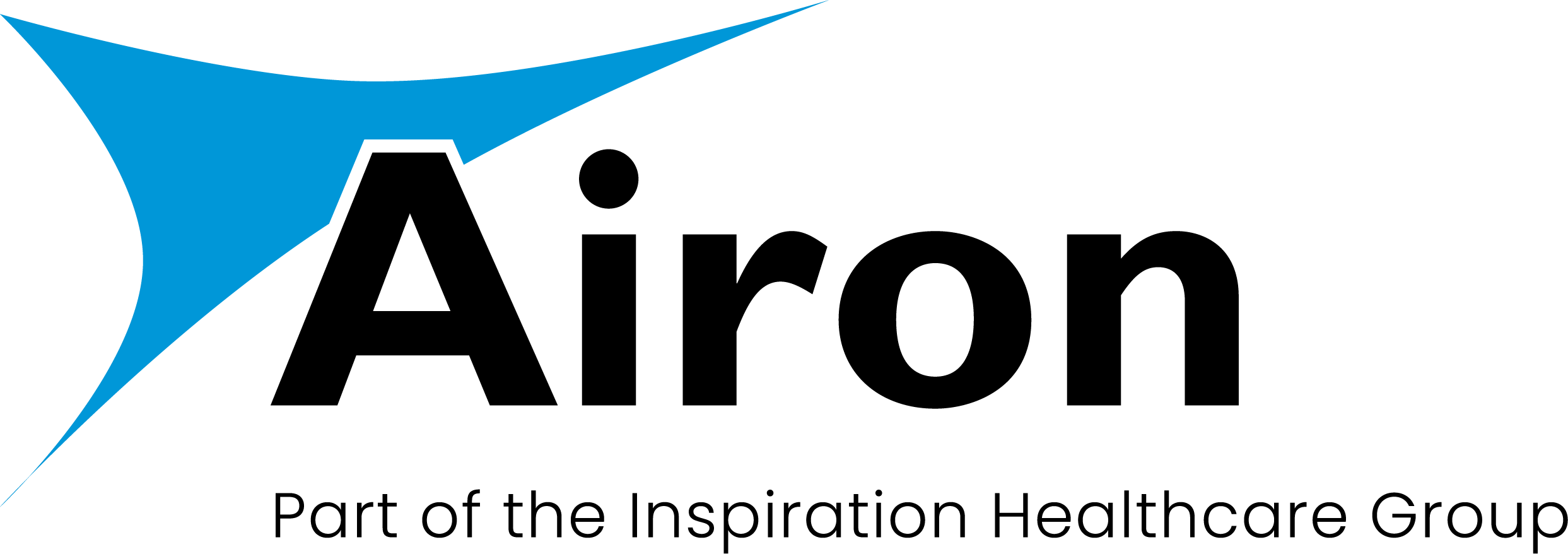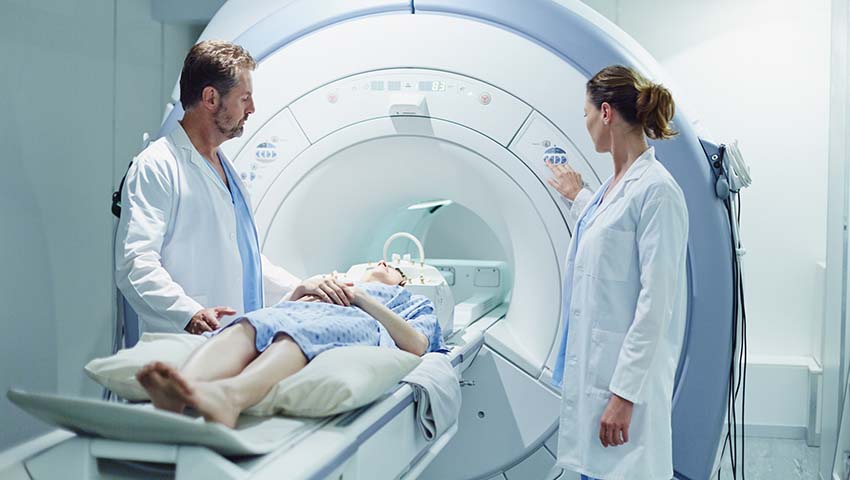Increased Risks for MRI Patients
The wider availability and increasing use of MRI for diagnostic testing has added to the conversation around patient safety. MRI procedures are lengthy. Many patients of all ages but particularly pediatric / neonates have difficulty remaining immobile during an MRI. They are either frightened or anxious about the equipment, or uncomfortable during the long duration of the test.
Several studies indicate that 14% to 20% of adult patients require sedation to tolerate MRI. For the pediatric / neonatal patient sedation becomes a necessity to acquire images without artifact. Many of these patients come from numerous critical care environments, and require mechanical ventilation support and monitoring to minimize the risk of life-threatening adverse events related to sedation. This adds to the risks for the patient in the MR environment, and increases the need for safety protocols.
Challenges, Limitations and Considerations
Conventional ventilators, monitoring equipment and accessories were not designed to operate in the magnetic resonance (MR) environment. The electromagnetic fields that are used with MRIs can adversely affect or alter the operation of these ventilation or monitoring devices.
Further, patient / ventilator monitoring in the MRI can be complicated due to:
- Ventilator positioning which may limit visibility
- Noise artifact which complicates alarm notification
- Patient positioning within the MR which eliminates physical evaluation of the patient / ventilator circuit connection
Monitoring ventilation becomes a crucial factor in patient safety.
New Advances Lessen Risks
MR healthcare professionals must consider the medical-legal ramifications of providing proper patient care that includes identifying patients that require monitoring in the MRI environment. The early detection and treatment of complications that may occur in high-risk, critically-ill, sedated, or anesthetized patients undergoing MRI procedures can prevent relatively minor problems from becoming life-threatening situations.
Fortunately, product development has aligned with the importance of monitoring patients in the MR environment. Airon’s pNeuton ventilators for adults, pediatrics and neonates offer healthcare providers the opportunity to continuously monitor the patient/ventilator interface throughout an entire MRI procedure.
Increased Safety and Convenience
A key benefit of the pNeuton model A and mini ventilators is the remote alarm output. This feature allows the ventilator to connect to an alarm system inside the MRI control room. Once connected, an alarm on the pNeuton will cause the alarm monitor in the control room to alert the healthcare provider.
Airon’s pNeuton ventilator is a complete, portable ventilation system for adults to infants, supporting patients during diagnostic imaging, and through all phases and requirements of transport.

